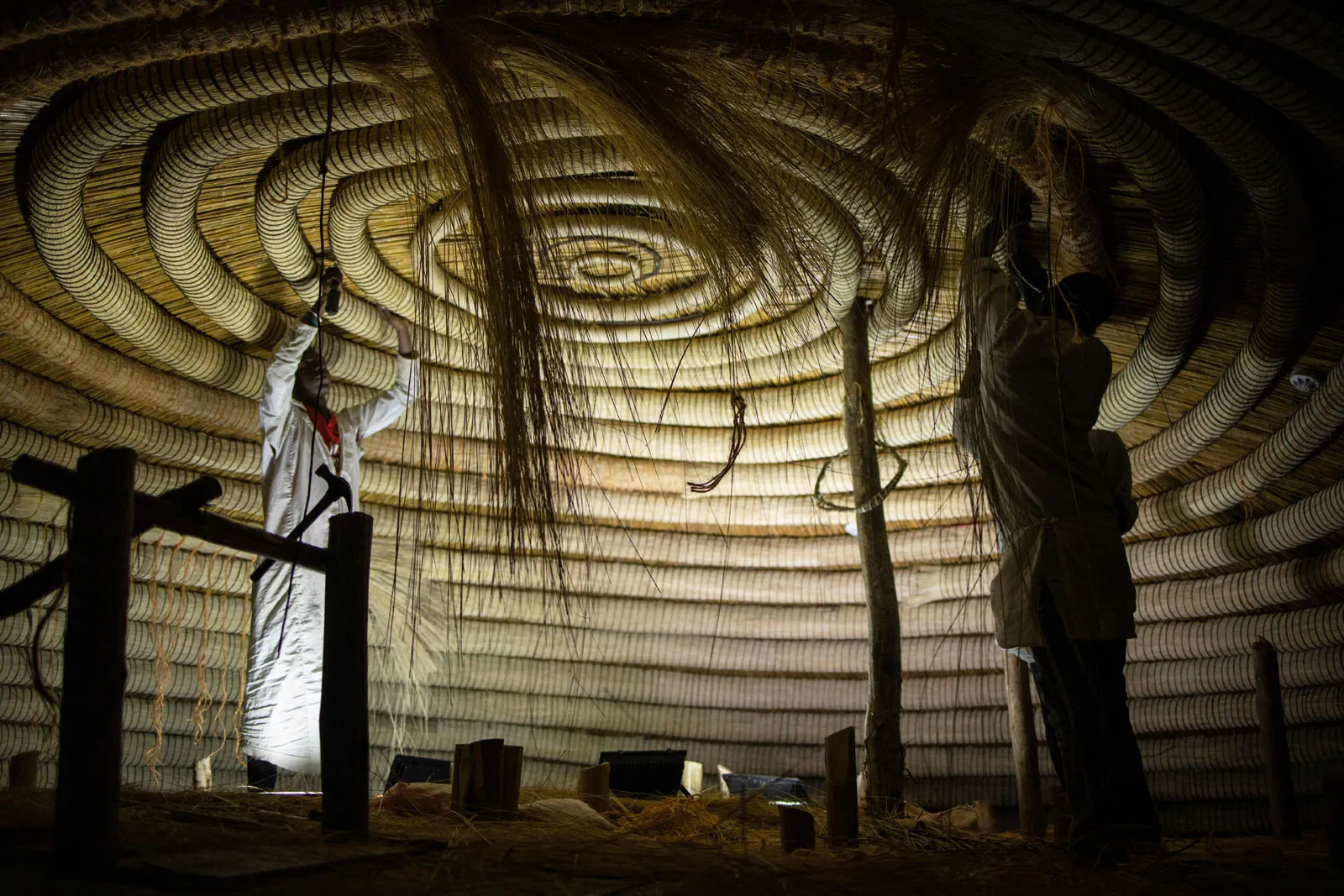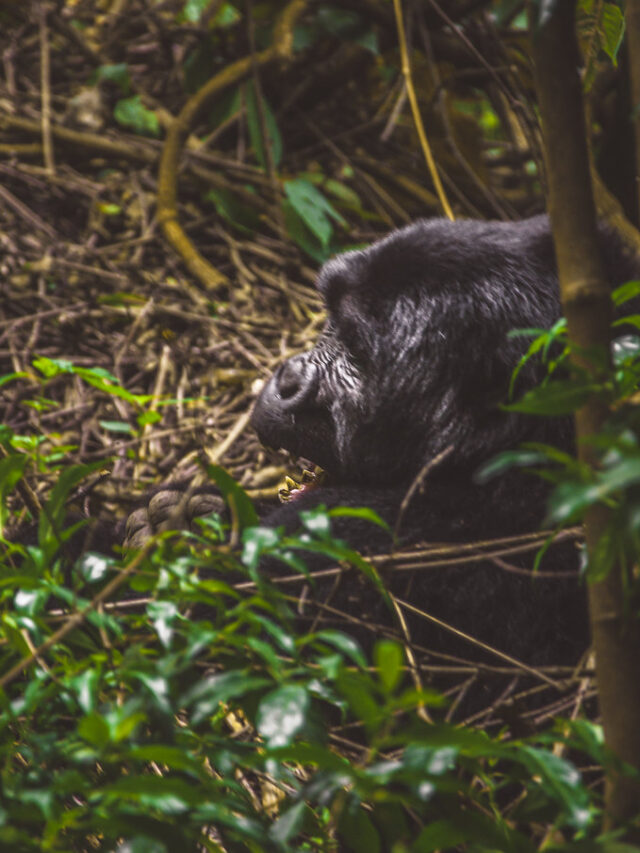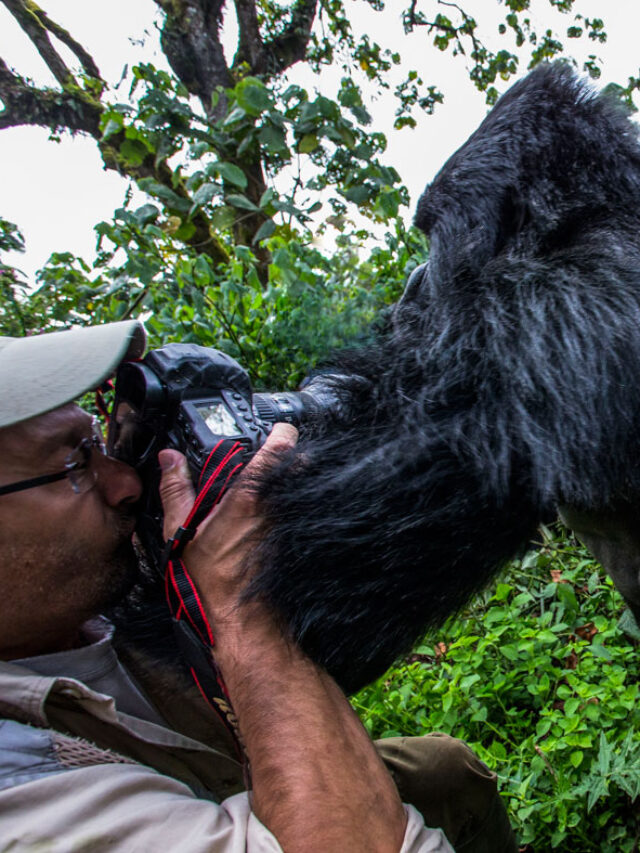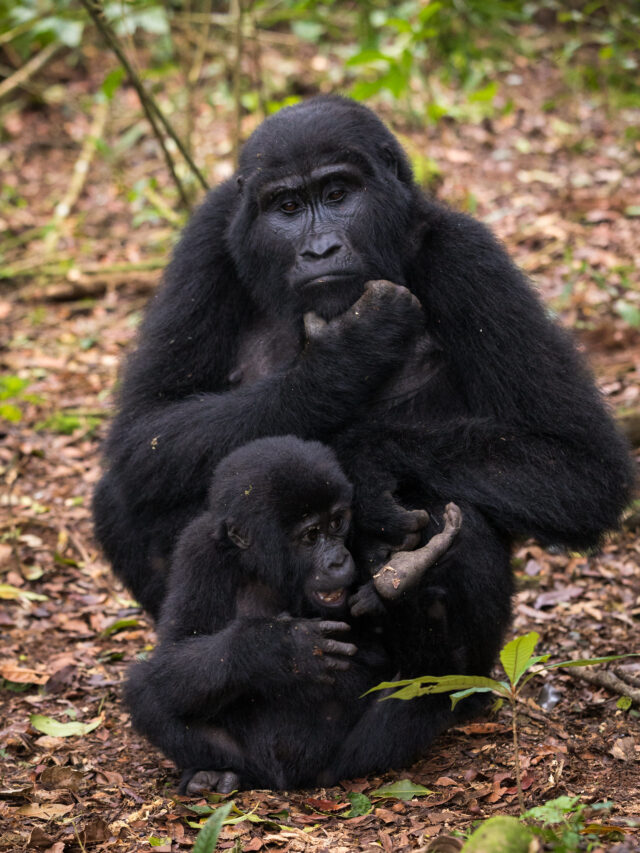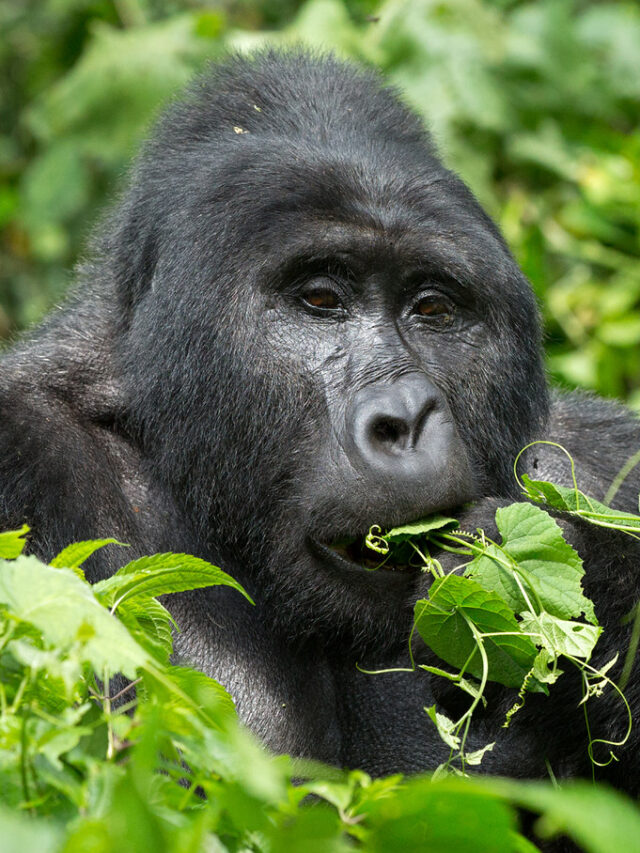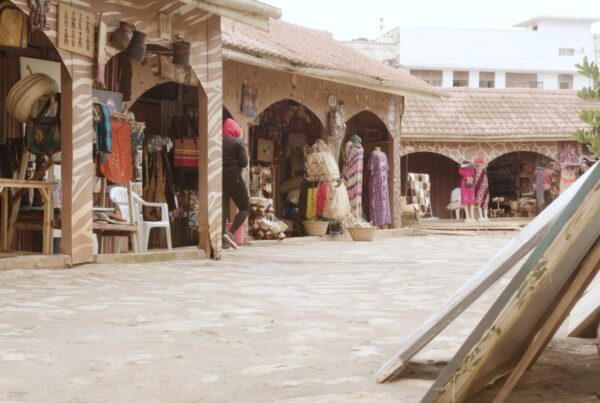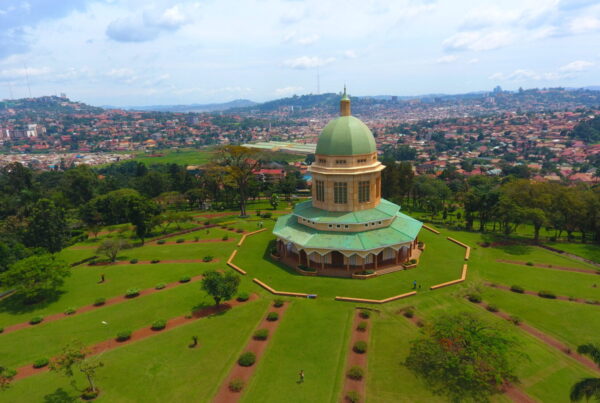Kisubi Royal Tombs: A Rich Historical Journey, How to Book, and What It Costs
Nestled just outside Kampala, the Kisubi Royal Tombs stand as an evocative gateway to Uganda’s regal past and the profound traditions of the Buganda Kingdom. These tombs are more than mere burial sites—they are sacred monuments honoring generations of Buganda kings and royal family members, reflecting centuries of cultural heritage, spirituality, and history that shaped one of East Africa’s most influential kingdoms. For visitors eager to connect with Uganda’s royal legacy, understanding the history, cultural significance, and practicalities of visiting the Kisubi Royal Tombs enriches the experience beyond sightseeing. Here is a comprehensive guide, weaving together history, fascinating facts, how to book your visit, and the expected costs.
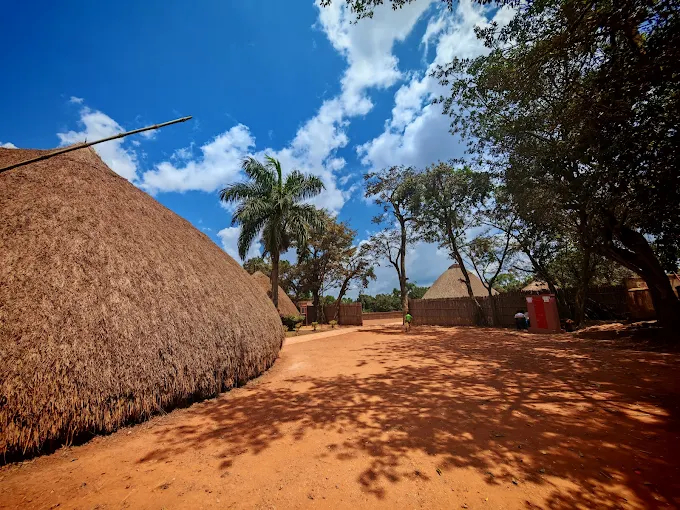
The History and Cultural Significance of Kisubi Royal Tombs
The Buganda Kingdom is one of the oldest and largest traditional kingdoms in Uganda, with a history spanning over 700 years. It has played a central role in shaping the country’s identity, culture, and political landscape. The Kisubi Royal Tombs serve as the final resting place for several Kabakas (kings) and royal family members who ruled Buganda over the centuries. These tombs are sacred to the Baganda people, serving as focal points for ancestor worship, royal ceremonies, and cultural preservation.
The practice of erecting royal tombs in Kisubi dates back centuries and continues to this day. It symbolizes the deep respect and spiritual connection that the Baganda maintain with their ancestors, believed to influence the wellbeing and prosperity of the kingdom. The tombs themselves are traditionally constructed using indigenous materials and often guarded by royal attendants or community elders who preserve their sanctity.
One key historical fact is that these tombs hold the remains of notable Kabakas such as Kabaka Mwanga II, who ruled during the late 19th century and faced British colonial incursions, and Kabaka Muteesa I, under whose reign Buganda’s interactions with Europeans deepened. Visiting Kisubi provides a tangible connection to these pivotal figures in Uganda’s history, offering insights into their legacies and the kingdom’s evolution.
Fascinating Facts About the Kisubi Royal Tombs
Unlike the grandeur seen in some royal mausoleums around the world, Kisubi’s royal tombs embody a uniquely Buganda architectural style—simple yet deeply symbolic. The tombs are often modest structures, built with reed mats, wood, and locally sourced materials, reflecting humility and a spiritual focus rather than opulence.
Ancestor worship remains an integral part of Buganda culture, with rituals at the tombs aimed at honoring the spirits of the Kabakas. These rituals, which may include offerings and prayers, are believed to ensure continued blessings for the kingdom and its people.
The site is also a living cultural hub where royal customs are taught to younger generations, maintaining continuity of tradition in the face of modernization.
Additionally, the Kisubi Royal Tombs are often visited during Buganda cultural festivals, such as the annual Kabaka’s birthday celebrations, which attract thousands of Baganda and tourists alike.
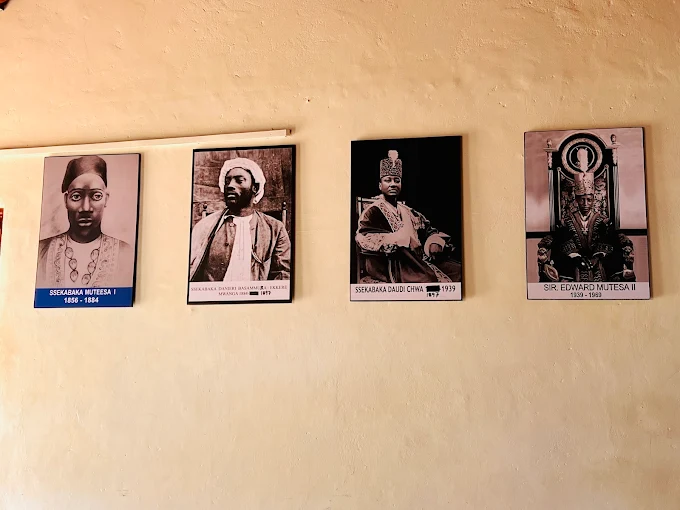
How to Book a Tour to Kisubi Royal Tombs
Due to the sacred nature of the Kisubi Royal Tombs, visits are usually organized through local cultural tour operators or community elders who act as custodians of the site. Most tours are part of broader cultural heritage packages that include visits to other royal sites and traditional Buganda villages.
Booking a tour can be done through reputable travel agencies in Kampala that specialize in cultural tourism. Many hotels and guesthouses also assist guests in arranging these tours. Online travel forums and local tourism offices in Kampala can provide recommendations for certified guides knowledgeable about Buganda history and customs.
Private or small group tours are recommended, ensuring a respectful and immersive experience. It is important to communicate your interest clearly and inquire about any cultural protocols to observe during your visit.
Cost of Touring Kisubi Royal Tombs
Visiting the Kisubi Royal Tombs typically involves paying an entrance fee and a guide fee. The overall cost depends on the nature of the tour, whether it includes transportation and additional cultural sites.
On average, a half-day guided tour to the Kisubi Royal Tombs costs between $30 and $70 USD per person, which usually includes transportation from Kampala, guide services, and entry fees. For full-day tours that cover multiple royal heritage sites and traditional experiences, prices range from $80 to $120 USD per person.
For those interested in a more personalized experience, including interaction with royal family representatives or witnessing traditional ceremonies, prices can be negotiated depending on the arrangements.
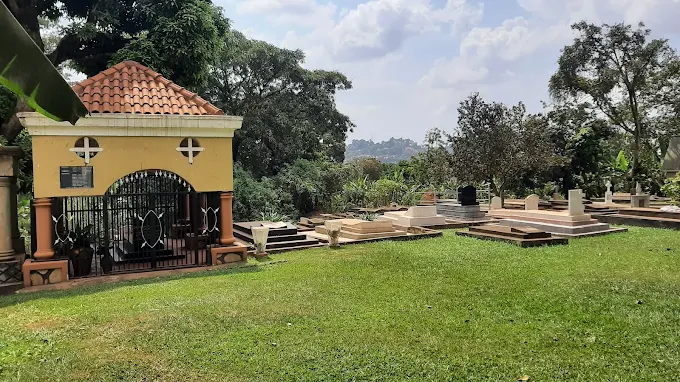
What to Expect When Visiting Kisubi Royal Tombs
Visitors should approach the Kisubi Royal Tombs with cultural sensitivity. Dress modestly, behave respectfully, and always seek permission before taking photographs. The tours are not just historical explorations but also spiritual journeys, offering a chance to learn about Buganda’s deep reverence for its ancestors.
The guides typically share stories of the Kabakas buried at the site, the rituals performed, and the significance of ancestor worship in daily Buganda life. You may also learn about the role the kingdom played during colonial times and its ongoing cultural influence in modern Uganda.
Your visit may coincide with local ceremonies, which provide a unique opportunity to witness living traditions and engage respectfully with the community.

